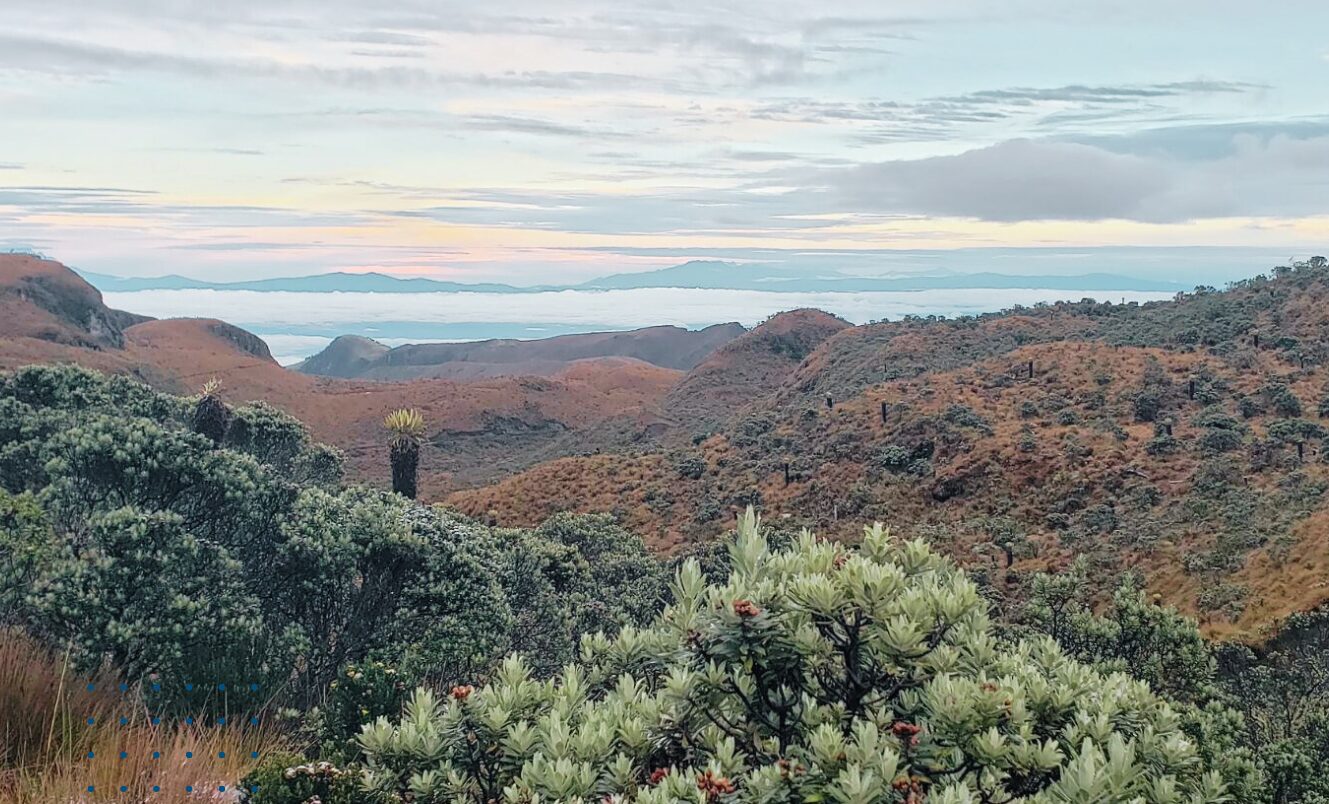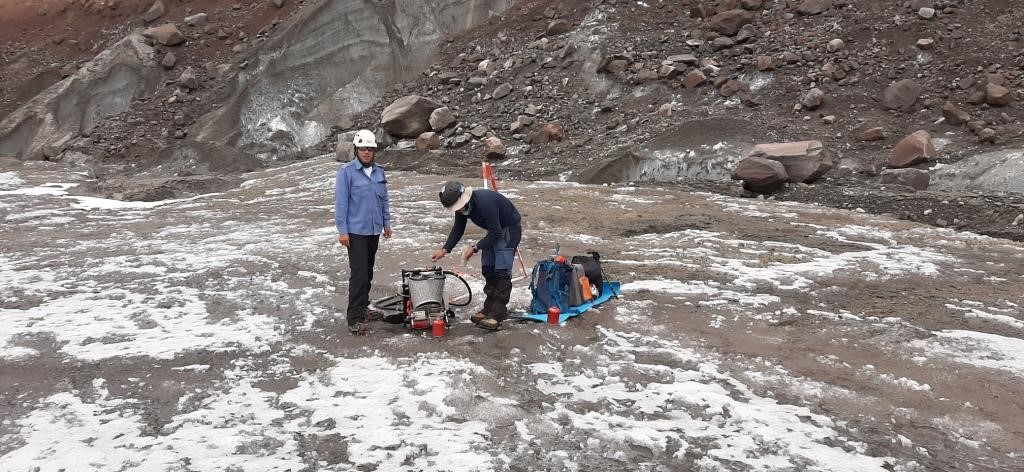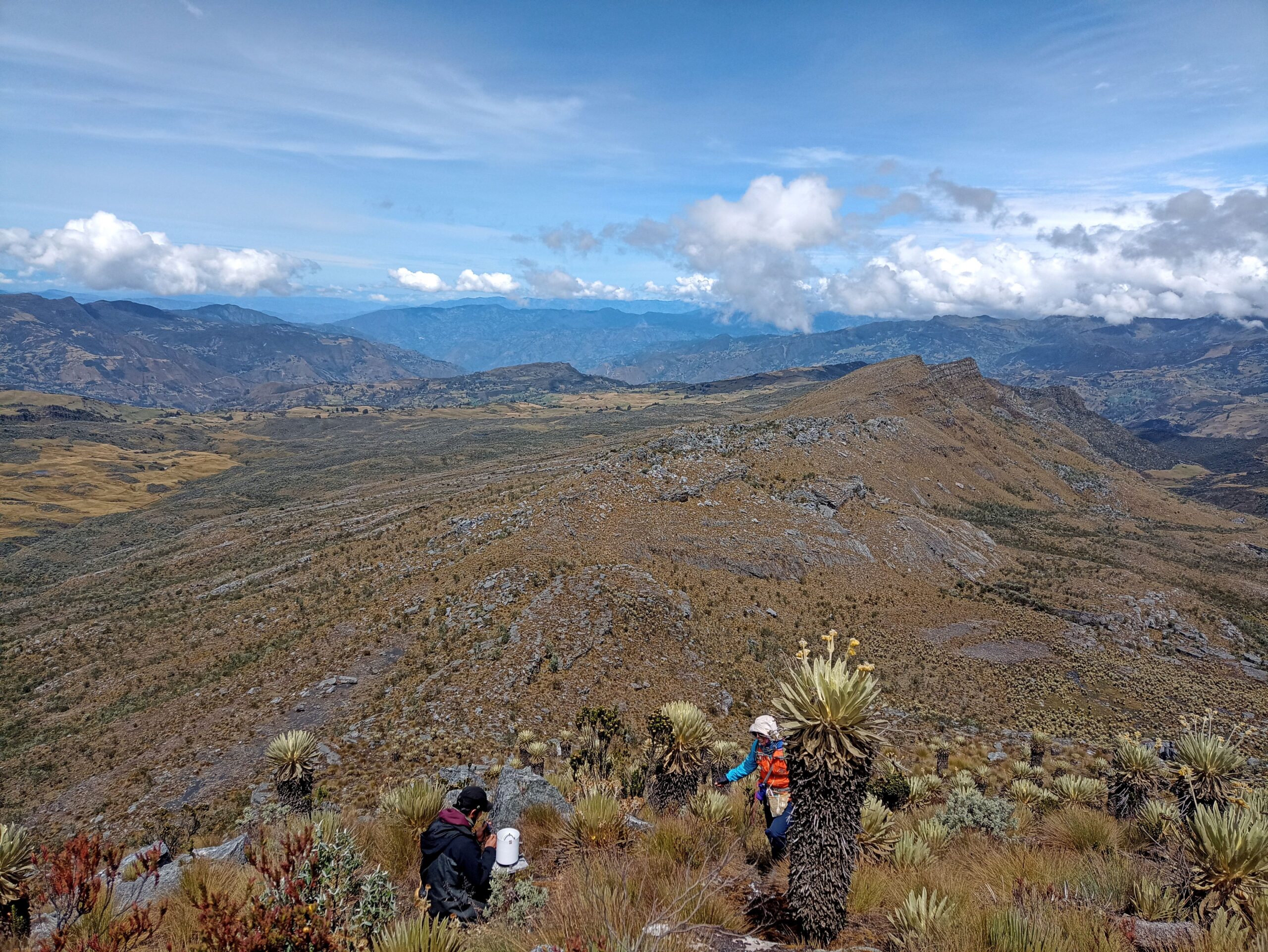Colombia publishes Guidelines for Hydroclimatic Monitoring in High Mountains

Summary
Colombia advances in the consolidation of its Strategy for the Integrated Monitoring of High Mountain Ecosystems (Estrategia para el Monitoreo Integrado de Ecosistemas de Alta Montaña, EMA), with the publication of the document Guidelines for Hydroclimatic Monitoring at the Landscape Scale in High Mountain Socioecosystems in Colombia.
This article is an abridged version of the original text, which can be downloaded from the right-hand column in Spanish. Please access the original text for more detail, research purposes, full references, or to quote text.
A strategy for integrated monitoring in ecosystems of the High Andes
The Strategy for the Integrated Monitoring of High Mountain Ecosystems (Estrategia para el Monitoreo Integrado de Ecosistemas de Alta Montaña, EMA) has been under development for several years, with the purpose of integrating the existing monitoring systems in the high mountain region of Colombia. Integration allows for the efficient analysis of environmental and social information, with a view to guiding efforts to address anthropogenic and climatic impacts, and facilitating the management of high mountain conservation.
The latest contribution to the strategy is a document summarizing the guidelines for integrating systems that monitor the state of water resources in the High Andes of Colombia, published by the Instituto de Pensamiento Complejo (IPC) Foundation, in collaboration with SIÉ Ingeniería, the Institute of Hydrology, Meteorology and Environmental Studies (IDEAM) and the Alexander Von Humboldt Institute (IAvH), with the support of the Adaptation at Altitude-Andes Program of CONDESAN-SDC.
Hydroclimatic monitoring systems are an essential part of the EMA strategy, since they are focused on two of the most important ecosystem services of the high mountains: water supply and water regulation. By EMA-LHC, the authors refer to the application of the EMA for the development of “Hydro-Climatic Guidelines” (Lineamientos Hidro-Climáticos, LHC), which guide the design of monitoring systems at the landscape scale.
The document systematizes the elements of a water resource monitoring system to determine the impact of change factors on the landscape, as well as the effectiveness of management and management policies. The document is based on a participatory approach that involves mountain communities in the monitoring of their resources.
What are the guidelines?
- Focus on understanding the relationships between response variables and change factors
- Promotion of distributed hydrological modeling
- Guidance on collecting the best information available
- Implementation of the guidelines sequentially or gradually
- Joint work with local communities
- Deepening knowledge of the components of the hydrological cycle in the Colombian high mountains
- Implementation in areas that already have some monitoring initiatives
- Recovery of monitoring stations
- Prioritization of local/regional experiences for modeling and monitoring
- Connection with other spatial scales
- Connection with other monitoring areas
Participatory monitoring approach
The authors highlight the importance of a participatory monitoring approach, considered a fundamental tool to link communities in the different territorial governance schemes. The document focuses on conservation, restoration and productive reconversion initiatives, with emphasis on the recovery of ecosystem services as one of the most important objectives of a monitoring initiative. Community involvement brings additional benefits, such as strengthening the governance of the territories and improving the quality of life of its inhabitants.
Although designed for the landscape scale, the EMA-LHC makes important contributions to the national scale monitoring efforts, with a thorough characterization of high mountain ecosystems from different areas that allows interested parties to select the landscape that suits their specific interests. The EMA-LHC was developed together with a case study, to facilitate understanding of the tool and its implementation. The Río Claro basin was selected for this purpose, an emblematic area that has multiple monitoring and research initiatives, and that includes a strip of the Los Nevados páramos complex, and the Los Nevados National Natural Park.
Suggested citation:
Castaño, J.A., Aristizabal, V.M., Llambí, L.D., Vélez, J.J., 2024. Lineamientos de Monitoreo
Hidroclimático a Escala de Paisajes en Socioecosistemas de Alta Montaña en Colombia. EMAColombia. Programa Adaptación en las Alturas – Andes. CONDESAN-COSUDE.




Comments
There is no content